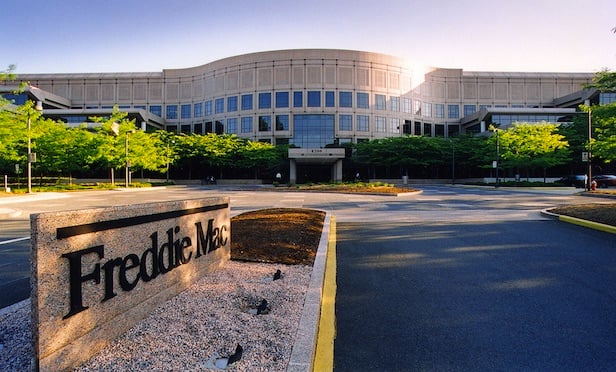McLEAN, VA–Multifamily investing conditions grew stronger in the second quarter from the previous one, with some markets such as Seattle and Boston posing increases that exceeded historical averages by large margins. However on an annual basis the investment conditions decreased, according to Freddie Mac's Multifamily Apartment Investment Market Index (AIMI).
AIMI combines multifamily rental income growth, property price growth and mortgage rates to provide a single index that measures multifamily market investment conditions.
The gains in the second quarter were driven by several factors starting with positive net operating income (NOI) growth in all of the major markets that AIMI tracks plus a slight decline in Q2 for mortgage rates. This was an important change for the market — the first quarter had seen a significant increase in rates. Property price growth was mixed across metros, with six markets experiencing a contraction and nine — including the national average — seeing growth. Three cities — Chicago (whose AIMI growth rate was -12.4%), Los Angeles (-8.3%), and Phoenix (-10.0%) — all experienced double-digit growth over the past year.
Recommended For You
Want to continue reading?
Become a Free ALM Digital Reader.
Once you are an ALM Digital Member, you’ll receive:
- Breaking commercial real estate news and analysis, on-site and via our newsletters and custom alerts
- Educational webcasts, white papers, and ebooks from industry thought leaders
- Critical coverage of the property casualty insurance and financial advisory markets on our other ALM sites, PropertyCasualty360 and ThinkAdvisor
Already have an account? Sign In Now
*May exclude premium content© 2025 ALM Global, LLC, All Rights Reserved. Request academic re-use from www.copyright.com. All other uses, submit a request to [email protected]. For more information visit Asset & Logo Licensing.









